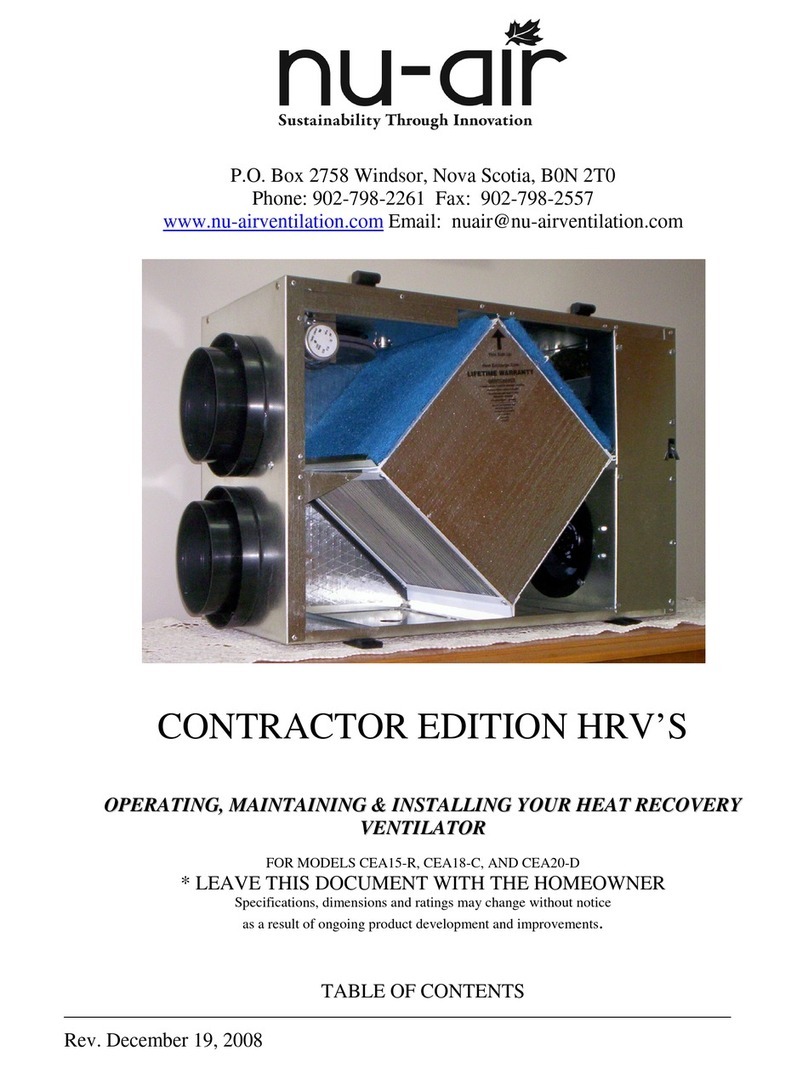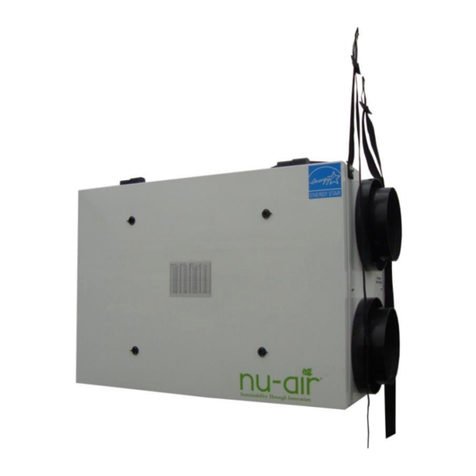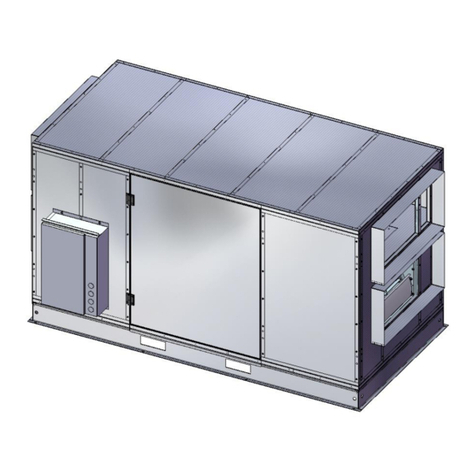
July 5/2011
1INSTALLATION .................................................................................... 3
Locating the Fan Coil......................................................................................... 31.1
Framing............................................................................................................... 31.2
Electrical Power Connection............................................................................. 31.3
Control and Electrical Connections.................................................................. 41.4
Plumbing............................................................................................................. 41.5
Ducting ................................................................................................................ 41.6
2COMMISSIONING................................................................................ 5
Supply Air Balancing......................................................................................... 52.1
HRV Balancing................................................................................................... 52.2
Water Side Commissioning............................................................................... 82.3
3OPERATING THE FAN COIL AND HRV/ERV................................. 8
General Description ........................................................................................... 8
3.1
Thermostat.......................................................................................................... 93.2
Dehumidistat Control (Optional)...................................................................... 93.3
24V Push Button Timers (Optional)............................................................... 103.4
Recommended Seasonal Settings.................................................................... 113.5
4MAINTENANCE.................................................................................. 12
Maintaining Return Filters and HRV/ERV Core......................................... 124.1
5WARRANTY.......................................................................................... 13
6TECHNICAL INFORMATION........................................................... 14
6.1 Nomenclature..................................................................................................... 14
6.2 Coil Data ............................................................................................................ 15
6.3 4-pipe Heating coil data ..................................................................................... 16
6.4 Fan Curves.......................................................................................................... 17
6.5 Outside Air at Low Speed.................................................................................. 18
6.6 Exhaust Air......................................................................................................... 18
6.7 HRV Efficiency.................................................................................................. 19
6.8 Sound Level Summary....................................................................................... 19
6.9 Shop Drawings................................................................................................... 19
6.10 Electrical......................................................................................................... 25
6.11 Operational States........................................................................................... 28






































